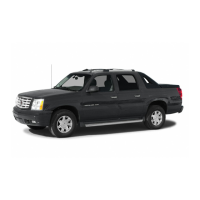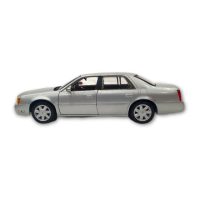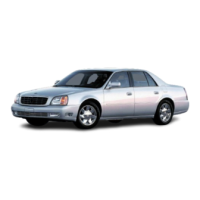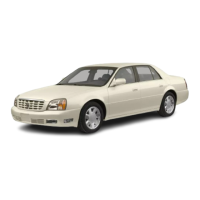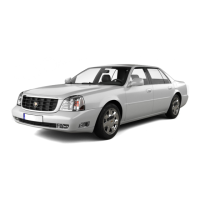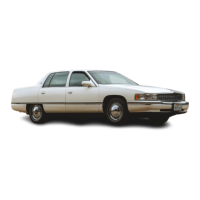If
you’re using a weight-carrying hitch or
a
weight-distributing hitch, the trailer tongue (A) should
weigh
10
-
15
percent
of
the
teta!
!caded trailer
weight (B).
After you’ve loaded your trailer, weigh the trailer and
then the tongue, separately, to see
if
the weights
are proper. If they aren’t, you may be able to get them
right simply by moving some items around
in
the
trailer.
Total Weight on Your Vehicle’s Tires
Be sure your vehicle’s tires are inflated to the upper limit
for cold tires. You’ll find these numbers on the
Tire-Loading Information label at the rear edge
of
the
driver’s side rear door or see
Loading
Your
Vehicle
on
page
4-32.
Then be sure you don’t go over the
GVW
limit
for your vehicle, including the weight of the trailer tongue.
Hitches
It’s important to have the correct hitch equipment.
a few reasons why you’ll need the right hitch. Here
are some rules to follow:
cmss\.~inds,
!=lrCJe
?rL!cks
gelnCJ
hy
2nd
r““$-?
r92ds
2!-e
*
The rear bumper on your vehicle is not intended for
hitches. Do not attach rental hitches or other
bumper-type hitches to
it.
Use only a
frame-mounted hitch that does noiattach to the
bumper.
Will you have to make any holes in the body of
your vehicle when you install a trailer hitch?
If
you
do,
then be sure
to
seal the holes later when
you remove the hitch. If you don’t seal them, deadly
carbon monoxide
(CO)
from your exhaust can get
into your vehicle. See
,Engine
Exhaust
on
page
2-38.
Dirt and water can, too.
Safety Chains
You should always attach chains between your vehicle
and your trailer. Cross the safety chains under the tongue
of the trailer
so that the tongue will not drop to the road
if
it becomes separated from the hitch. Instructions about
safety chains may be provided by the hitch manufacturer
or by the trailer manufacturer. Follow the manufacturer’s
recommendation for attaching safety chains and do not
attach them to the bumper. Always leave just enough
slack
so you can turn with your rig. And, never allow
safety chains to drag on the ground.
4-37

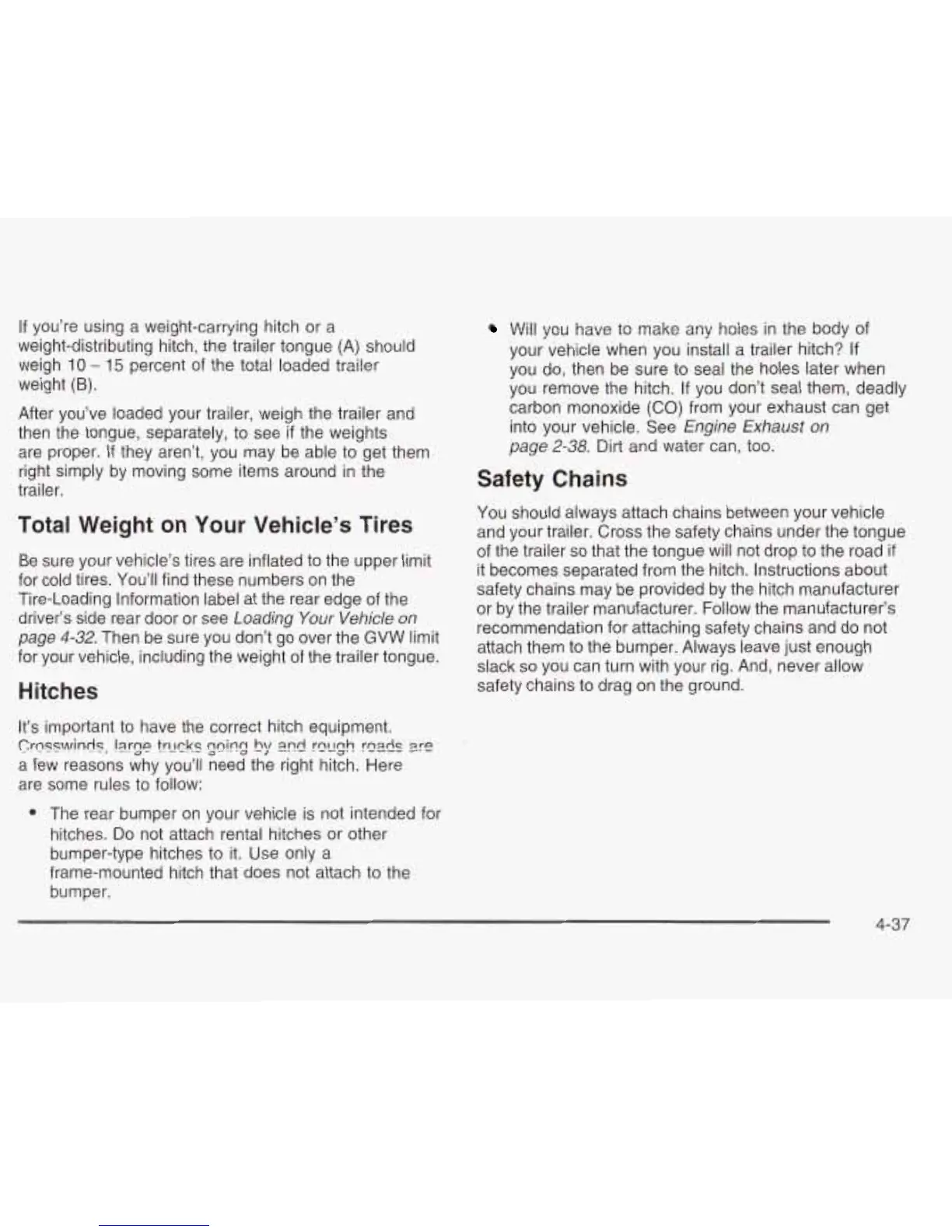